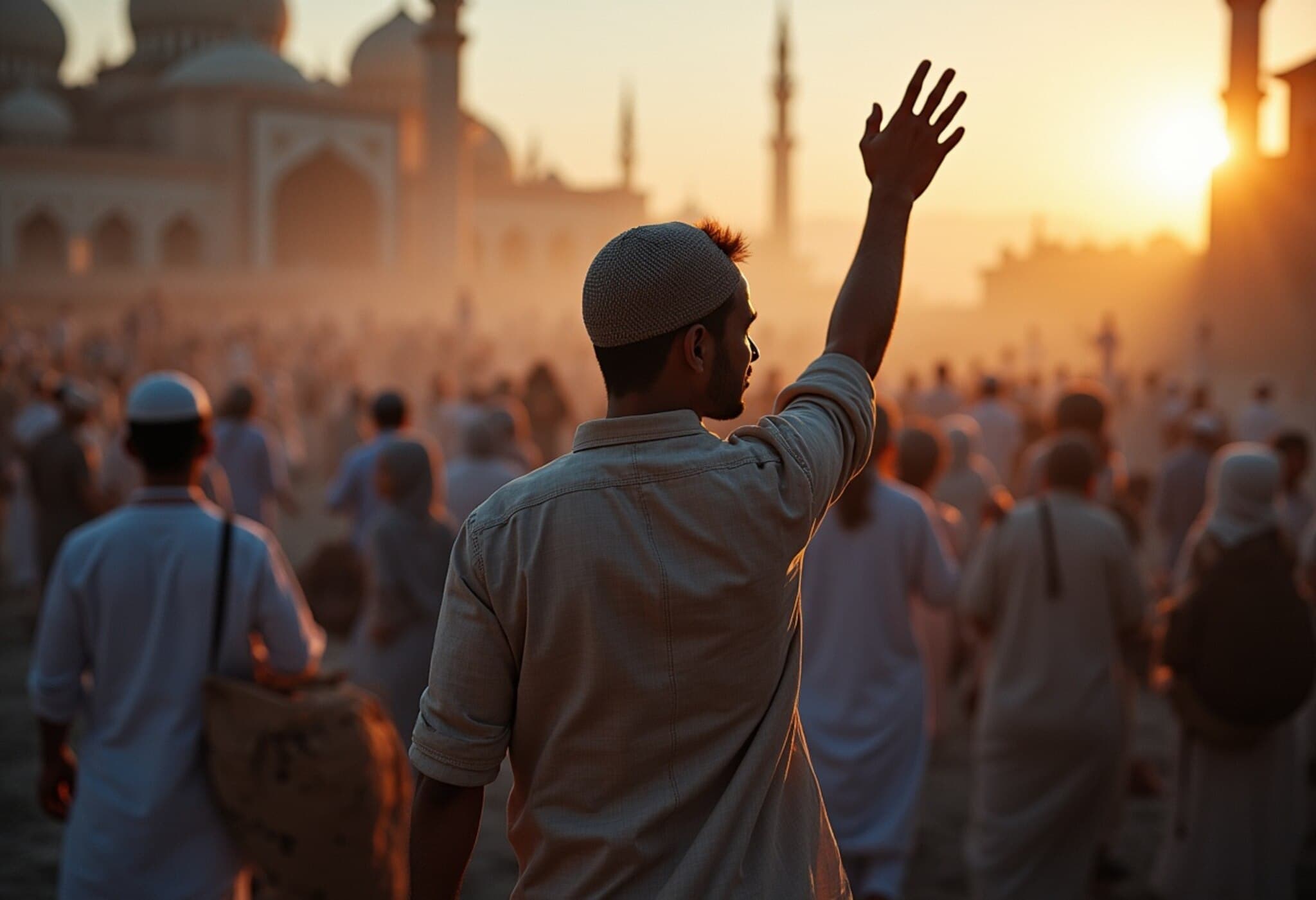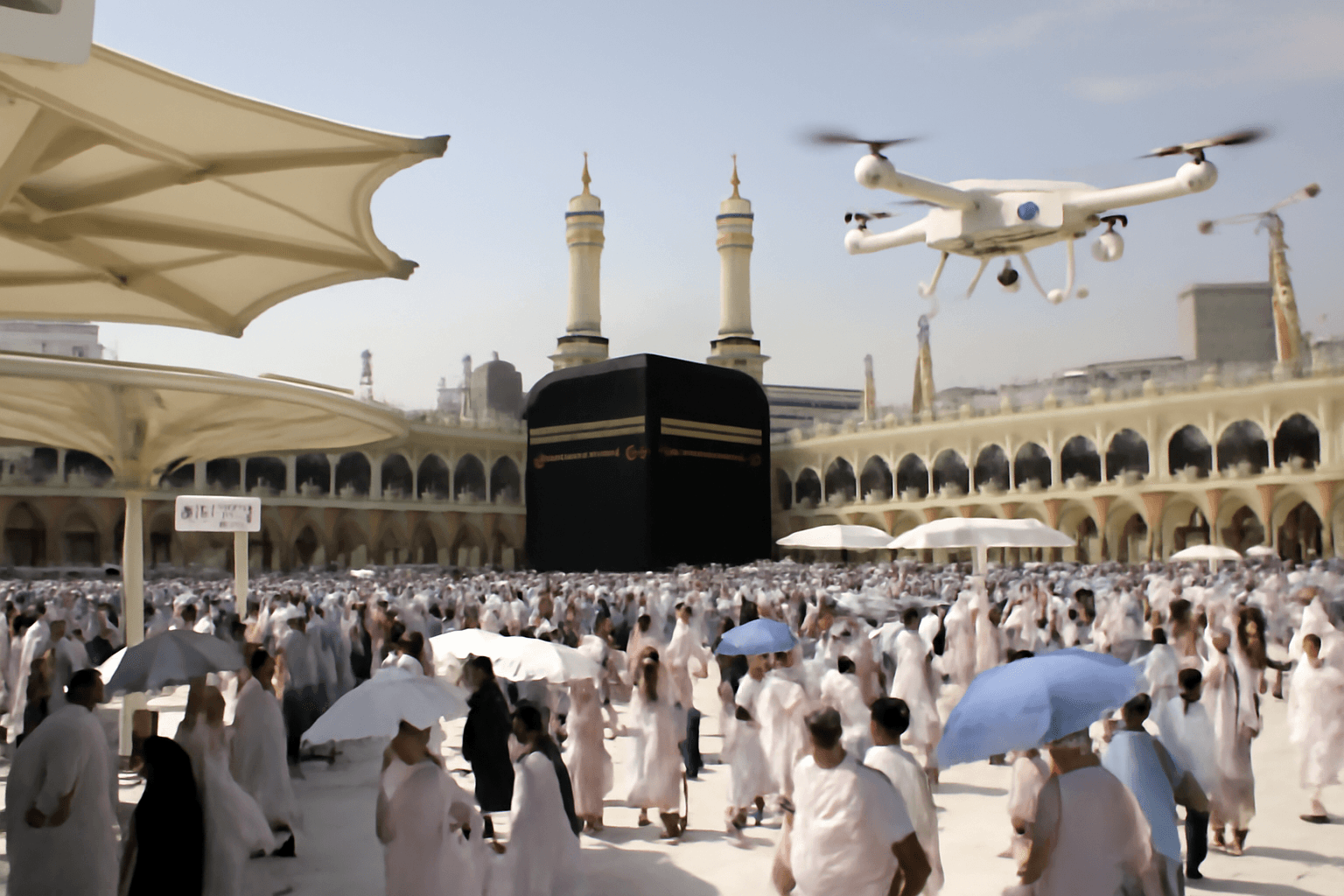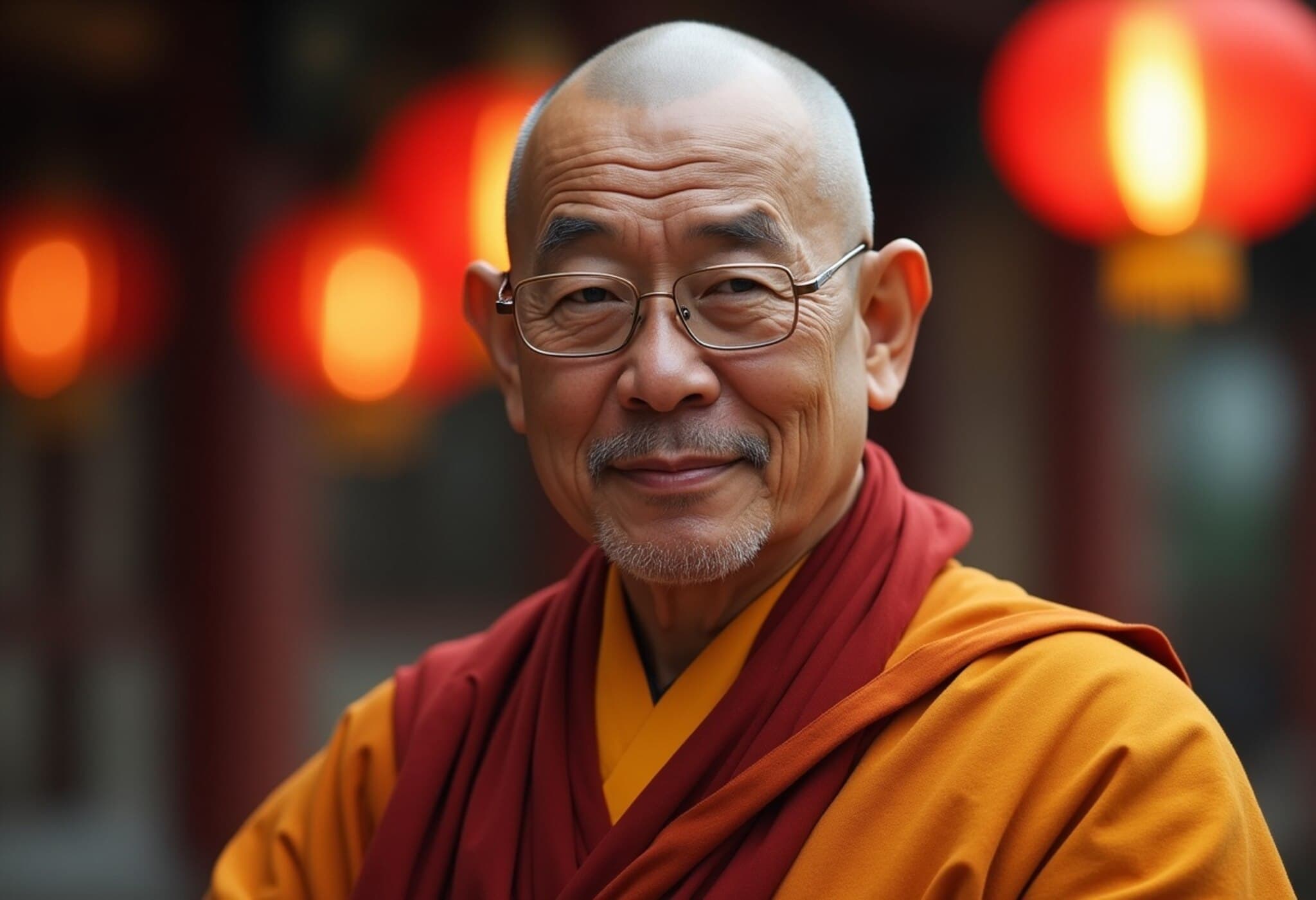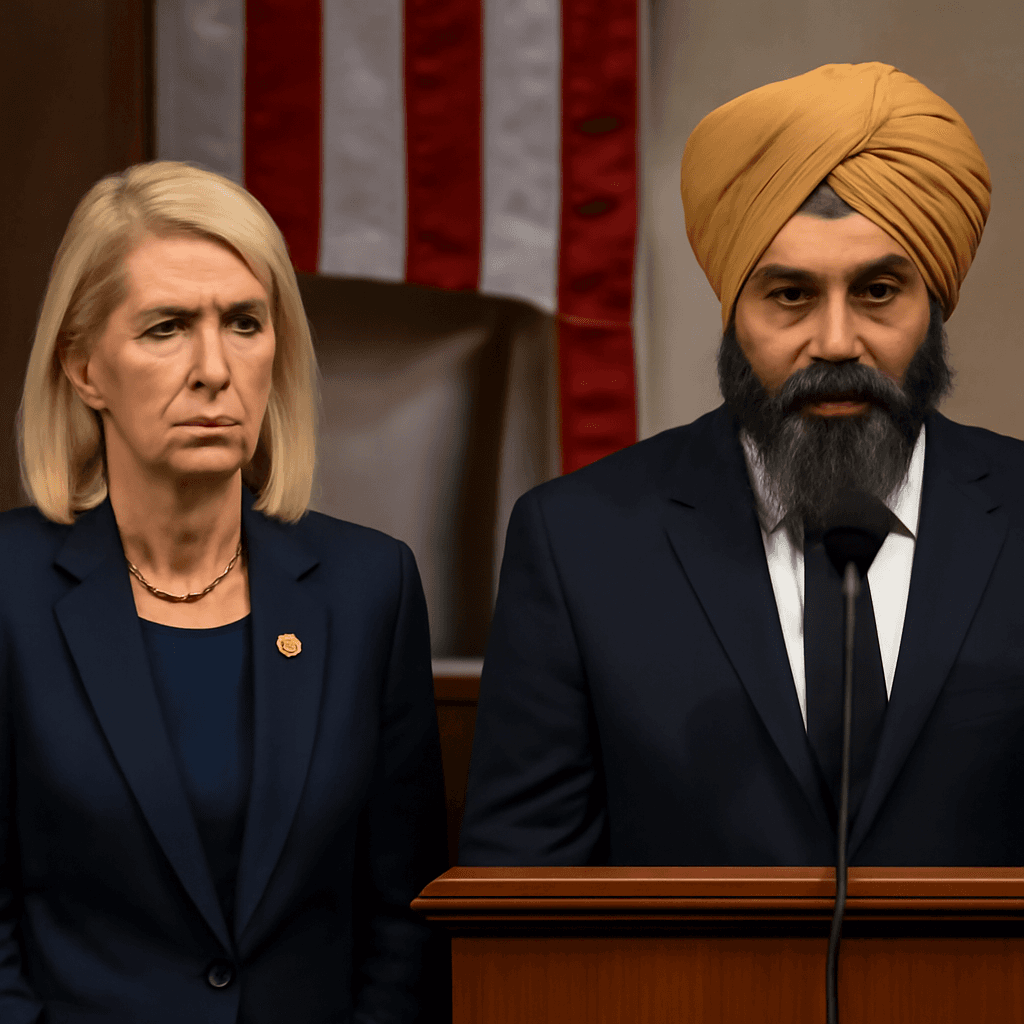Islam Surpasses Others as Fastest-Growing Religion Worldwide
Between 2010 and 2020, Islam emerged as the world’s fastest-growing religion, expanding by an impressive 347 million followers. This growth outpaces all other major faiths combined, reshaping the global religious landscape significantly over the past decade.
Christianity Holds Largest Followership Despite Slower Growth
While Islam records rapid expansion, Christianity remains the largest religious grouping with around 2.3 billion adherents. Yet, its growth rate is slower, with an increase of 122 million followers during the same period. As a share of the global population, Christianity's portion dropped by 1.8 percentage points to 28.8%, placing it second behind Islam, which now comprises 25.6% of the world’s population.
This decline spotlights the shifting religious affiliations, particularly notable in Europe, North America, Australia, and New Zealand, where many have moved away from Christianity either to other religions or no religious affiliation at all.
'Nones' Gain Ground as Third Largest Group
The group commonly referred to as the 'nones'—individuals who identify with no religion—also saw significant growth, increasing by 270 million to reach 1.9 billion people. Their share of the global population climbed to 24.2%, reflecting a rising trend of secularism or non-affiliation in parts of the world.
Hindus and Other Religions: Steady Growth and Shifts
Hinduism maintains its position as the fourth-largest religion with an increase of 126 million followers, totaling approximately 1.2 billion. While their percentage of the global population remains relatively stable at about 14.9%, it has slightly dipped compared to 2010.
Other groups show varied trends: the Jewish population rose modestly by about 6%, reaching 15 million, with nearly half residing in Israel, followed closely by North America. Conversely, Buddhists experienced a decline of 0.8% over the decade, marking the only major religious demographic shrinking in number.
Youthful Muslims Contrast with Older Followers in Other Faiths
An interesting demographic insight reveals Muslims possess the youngest age profile across all groups, with 33% under the age of 15. This youthfulness is largely attributable to high Muslim populations in regions like Sub-Saharan Africa and the Middle East-North Africa, areas characterized by younger overall populations.
In contrast, Jews and Buddhists have the oldest age distributions, with more than a third of their populations aged 50 or older. Christians span a wide age range globally, from youthful populations in Sub-Saharan Africa to older ones in Europe. Hindus also predominantly fall within the 15 to 49 age bracket.
Looking Ahead
These demographic shifts highlight evolving religious identities worldwide, influenced by birth rates, regional population dynamics, and shifting personal beliefs. The rise of Islam alongside the growth of unaffiliated individuals underscores transformative trends shaping global cultures and societies.











